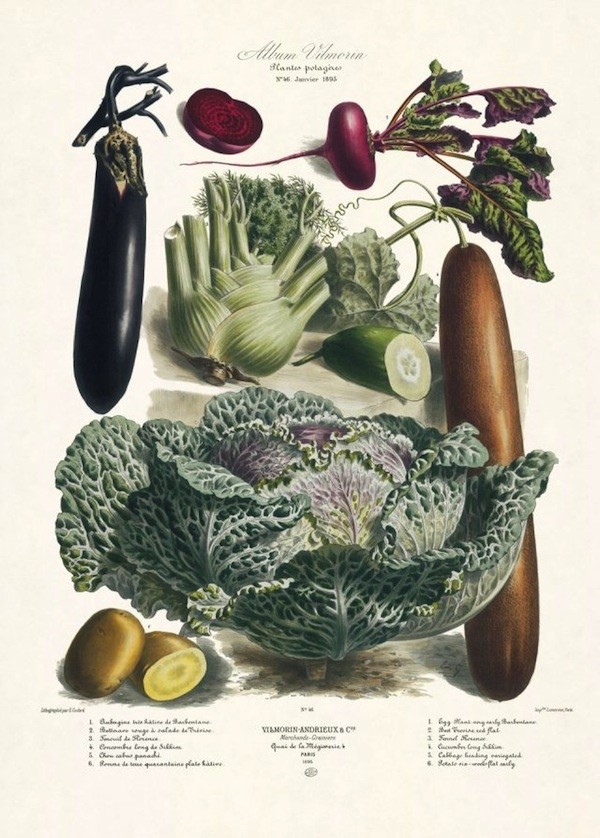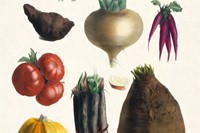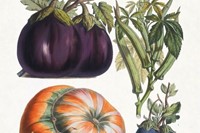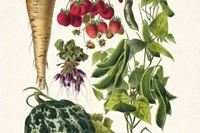AnOther celebrates the publication of one of the great rarities amongst the botanical works of the 19th century, a glorious album of colour illustrations of French garden vegetables...
Aside from their nutritious qualities, vegetables boast brilliant aesthetic appeal. A box of cherries on a fruit-stall can look just as attractive as a row of topped carrots arranged neatly in the basket of an organic grocery. This appeal is reliant on a number of elements: vibrant colours, fascinating textures and the interesting contrast between their exterior and interior.
Vegetables have fascinated artists for centuries – celebrated photographer Irving Penn produced a vast array of intriguing still lives; pop artist Jim Dine created striking cut-outs and AnOther's contributing photographer Erwan Frotin has used vegetables as a backdrop for beautiful fine jewellery editorials. In the 19th century, French company Vilmorin-Andrieux & Cie produced a glorious album of colour illustrations of French garden vegetables, including beets, potatoes, muskmelon and strawberries, The Vegetable Garden, 1850–1895, which has thankfully now been reproduced by Taschen. Prior to its re-release, the original album had become one of the great rarities amongst the botanical works of the 19th century and survives in its complete state in only a handful of academic libraries.
"Vegetables' aesthetic appeal is reliant on a number of elements – vibrant colours, fascinating textures and the interesting contrast between their exterior and interior"
Vilmorin-Andrieux & Cie was founded in the 18th century, from a collaboration between grain and plant merchant and connoisseur Philippe Victoire de Vilmorin and his father-in-law, Pierre Andrieux, Botanist to the King. The Vilmorins, though only producers and merchants on the Paris market, contributed enormously to the botanical and agronomic knowledge of their time. The company's first catalogue, comprising a variety of seeds, was published in 1766 and was followed by a series of periodicals filled with exquisite botanical and horticultural illustrations and information.
The Vegetable Garden, 1850–1895, featured 46 extra-large colour plates, produced by 15 painters employed by the Vilmorins. Most had trained as artist-naturalists at the Jardin des Plantes, the former Royal Gardens, including Elisa Champin, who painted a large number of the plates. Taschen's reproduction of the work features copies of the 46 plates alongside fascinating commentary by Werner Dressendörfer, a pharmaceutical historian and academic librarian, incorporating vegetable characteristics and interesting facts, including the important clarification of strawberries as vegetables, and that, with rhubarb, "the darker the stalk, the less acidic the taste."
Les Plantes potagères (The Vegetable Garden, 1850–1895), published by Taschen, is available now.
Text by Laura Bradley



